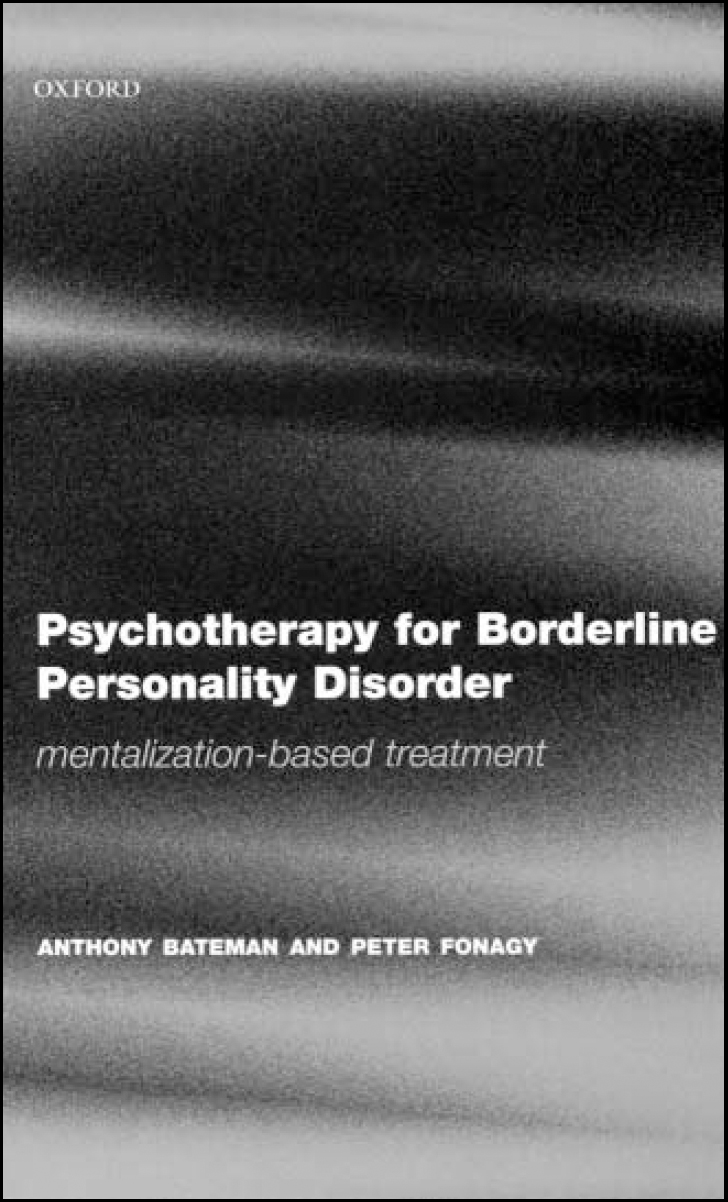
While reading this book I also read reviews of Gielgud's Letters (Reference ManganMangan, 2004) and a biography of Michael Redgrave (Reference StrachanStrachan, 2004). These gave accounts of the lives of these two actors that left little out from a diagnosis of borderline personality disorder. Narcissism, impulsivity, self-destructive behaviour, identity defusion; if they had turned up for an out-patient assessment, there would have been little difficulty in ascribing an Axis II diagnosis. Most psychiatrists are left uneasy about pathologising personality, as it would appear that the only difference between ‘them’ and ‘us’ is chance, circumstance or maybe the talent to get away with it.
On the other hand, psychiatry without a theory of personality development and how it can go wrong not only becomes an arid and dehumanising symptom checklist, but also has little to offer the many individuals who seek help for their chaotic lives and unhappy relationships with others.
Bateman and Fonagy have previously published the outcome of a randomised control trial of a day-hospital treatment for borderline personality disorder. This psychodynamically based treatment was shown to be highly effective on a number of measures to reduce morbidity. In the past psychodynamic treatment has lacked evidence of efficacy and its theory has not generally been backed by developmental studies. In addition the practice of psychodynamic therapy has been so unsystematic as to leave the majority of mental health workers totally bewildered about how therapy is conducted.
This current book addresses both these issues. The theoretical first half considers the evidence around the authors’ central concept of mentalisation. This is a complex construct bringing together many elements of how the mind develops and culminating in an individual's ability to manage their feelings and relationships by constructing a coherent understanding of how beliefs and desires arise in themselves and others. The therapy is a means of enhancing this ability and the second half of the book is a manualisation of the psychodynamic day-hospital treatment approach. This is structured and systematic, and incorporates a technique that is both complex and flexible in relation to the individual. As the authors point out many of the elements of their therapy can be used by therapists other than those with a psychodynamic orientation. However perhaps most importantly of all it is jargon-free and approaches patients in a spirit where any breakdown in communication could as easily be by ‘us’ as by ‘them’.



eLetters
No eLetters have been published for this article.